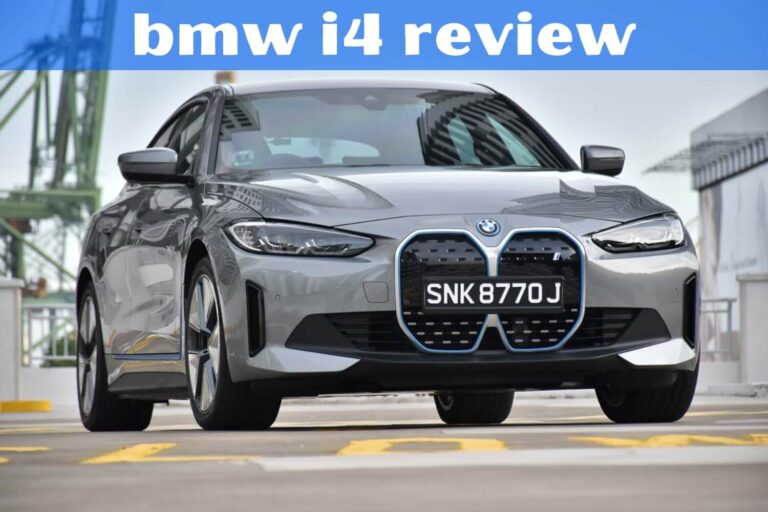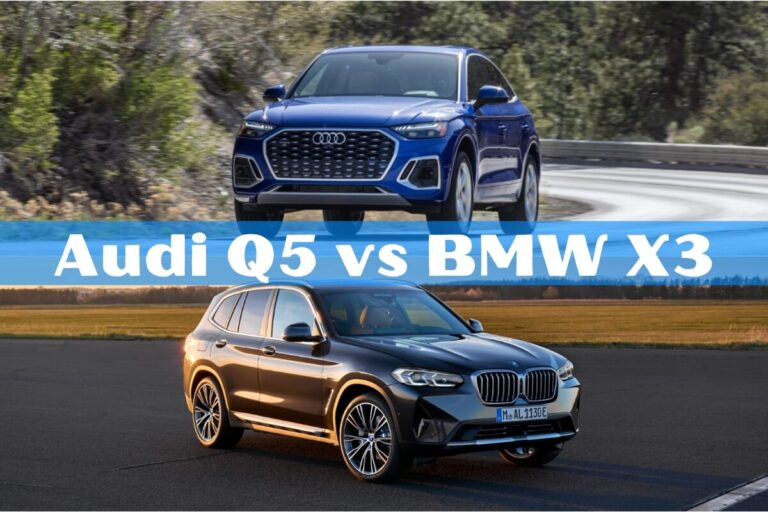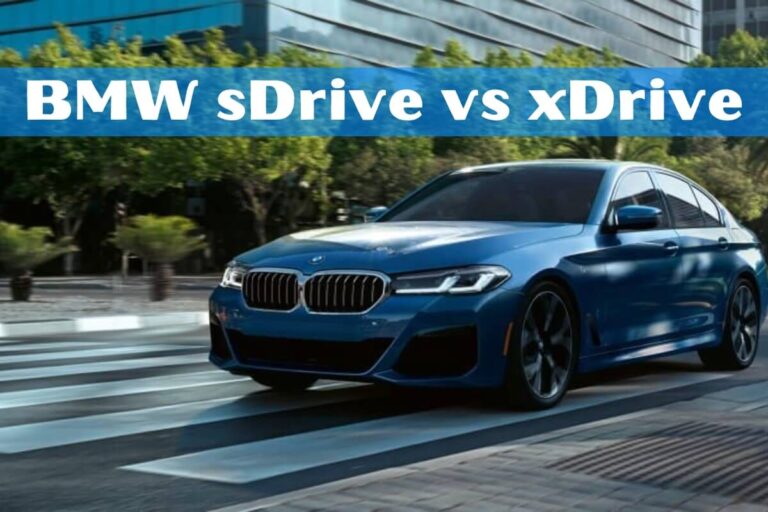What is the Cheapest BMW Car in 2024? A Value Luxury

When you hear the name BMW, luxury and performance come to mind. For many, owning a BMW is a dream. However, the high price tag often makes this dream seem unattainable. But what if we told you that BMW offers affordable models perfect for those on a budget? In this article, we’ll explore the cheapest BMW car available in 2024 and help you determine if it’s the right choice for you.
The article will cover:
- The BMW 2 Series – the most affordable BMW model
- Its engine options, performance, interior features, and pricing
- Other relatively affordable BMW models like the X1 and X2 SUVs
- Pros and cons of buying the cheapest BMW
- Tips for purchasing an affordable BMW, including certified pre-owned options
- Maintenance and running costs associated with owning a BMW
Ready? Let’s dive in!
The BMW 2 Series: The Most Affordable BMW
If you’re on a tight budget but still want to experience the thrill of owning a BMW, the 2 Series is your best bet. This entry-level model is the cheapest BMW car you can buy in 2024.
The 2 Series comes in two body styles: a coupe and a Gran Coupe (a four-door hatchback). The base model, the 230i Coupe, starts at around $37,700 MSRP, while the 228i Gran Coupe has a slightly lower starting price of around $36,500 MSRP.
Engine and Performance
Don’t let the “entry-level” label fool you – the 2 Series packs a punch. The base 230i Coupe is powered by a 2.0-liter turbocharged four-cylinder engine that produces a respectable 255 horsepower and 295 lb-ft of torque. This engine is paired with an eight-speed automatic transmission and rear-wheel drive.
For those who crave even more power, the M240i xDrive Coupe offers a 3.0-liter turbocharged six-cylinder engine that pumps out 382 horsepower and 369 lb-ft of torque. This model also features an advanced all-wheel-drive system for improved traction and handling.
Compared to its rivals in the same segment, like the Audi A3 and Mercedes-Benz A-Class, the 2 Series outperforms them in terms of acceleration and overall driving dynamics, thanks to its rear-wheel-drive architecture and well-tuned suspension.
Interior and Features
While the 2 Series may be the cheapest BMW, its interior doesn’t feel cheap. The cabin is well-built and features high-quality materials, along with a user-friendly layout.
Standard features on the base model include:
- Dual-zone automatic climate control
- Power-adjustable front seats
- A 6.5-inch infotainment display
- Apple CarPlay and Android Auto compatibility
Higher trim levels offer additional features like a larger infotainment display, a premium sound system, heated seats, and a panoramic sunroof.
Overall, the 2 Series strikes a good balance between affordability and premium features, making it an excellent value proposition for its price point.
Other Affordable BMW Models
While the 2 Series is the cheapest BMW car, it’s not the only affordable option from the German automaker. The BMW X1 and X2 SUVs are also relatively budget-friendly choices.
The X1, BMW’s subcompact luxury SUV, starts at around $39,000 MSRP. Despite its small size, it offers a spacious interior, a comfortable ride, and decent performance from its turbocharged four-cylinder engine.
If you prefer a sportier look, the X2 might be more your style. With its coupe-like design and athletic handling, the X2 starts at around $37,700 MSRP for the base model.
While these SUVs are more expensive than the 2 Series, they offer additional practicality and versatility, making them suitable for families or those with active lifestyles.
Is the Cheapest BMW Worth Buying?
Now that we’ve explored the cheapest BMW car and its features, you might be wondering if it’s worth buying or if it’s better to stretch your budget for a more expensive model.
Pros of buying the cheapest BMW:
- Relatively affordable entry point into the BMW brand
- Well-built interior with premium materials
- Engaging driving dynamics (especially the 2 Series Coupe)
- Good value for money compared to competitors
Cons of buying the cheapest BMW:
- Limited interior space, especially in the 2 Series Coupe
- Lower power output compared to higher-end BMW models
- Fewer advanced features and technologies compared to more expensive BMWs
Ultimately, the decision comes down to your priorities and budget. If you’re looking for a well-rounded luxury car with a focus on driving pleasure and don’t need excessive space or the latest technologies, the cheapest BMW could be a great choice.
However, if you require more interior room, advanced driver-assistance features, or higher performance, you may need to consider stretching your budget for a more expensive BMW model.
Tips for Buying a Cheap BMW
If you’ve decided to take the plunge and purchase the cheapest BMW, or any BMW for that matter, here are some tips to help you get the best deal:
- Consider Certified Pre-Owned (CPO): Buying a CPO BMW can save you a significant amount of money compared to a brand-new model. CPO vehicles undergo thorough inspections and come with warranties, giving you peace of mind.
- Explore Financing Options: BMW offers various financing options, including leasing and low-interest loans. Be sure to shop around and compare rates to get the best deal.
- Timing is Key: Prices can fluctuate depending on the time of year and dealership incentives. Consider buying during slower sales periods or at the end of the month/year when dealerships are trying to meet their sales targets.
- Negotiate: Don’t be afraid to negotiate. Dealerships often have some wiggle room, especially if you’re paying cash or have a trade-in.
- Check for Special Offers: BMW frequently offers special deals, rebates, or incentives on certain models. Be sure to check their website or with your local dealership for any ongoing promotions.
Maintenance and Running Costs
While the cheapest BMW may be more affordable upfront, it’s essential to consider the ongoing maintenance and running costs associated with owning a luxury vehicle.
BMWs generally have higher maintenance costs compared to non-luxury brands. Regular services, repairs, and replacement parts can add up quickly. It’s crucial to factor these costs into your budget to avoid any surprises down the road.
Here are some tips to help keep maintenance costs down:
- Follow the recommended maintenance schedule and use genuine BMW parts.
- Consider purchasing an extended warranty or maintenance plan to cover unexpected repairs.
- Drive responsibly and avoid excessive wear and tear on your vehicle.
- Shop around for the best prices on parts and services, but be wary of using non-certified mechanics or aftermarket parts.
Additionally, keep in mind that BMWs typically have higher insurance premiums due to their luxury classification and higher repair costs.
In summary, while the cheapest BMW car can be an excellent entry point into the brand, it’s essential to carefully consider your budget, needs, and long-term ownership costs before making a purchase decision.






